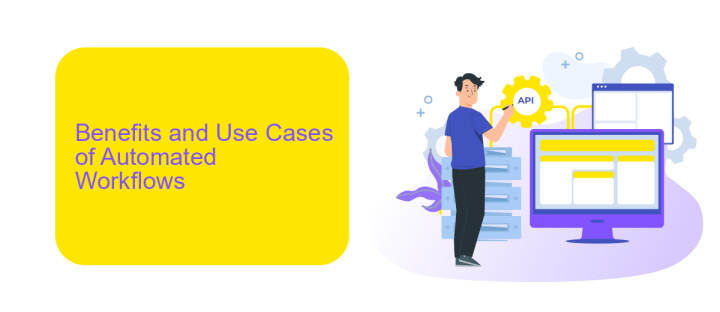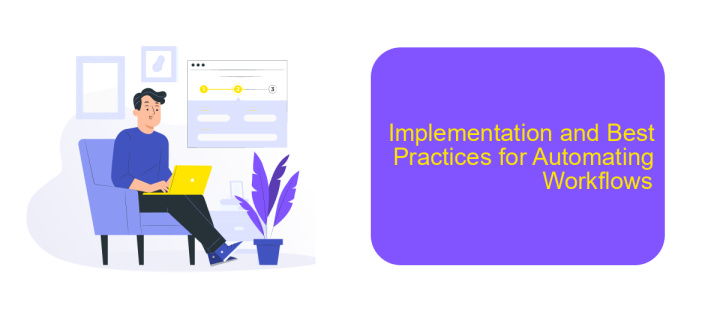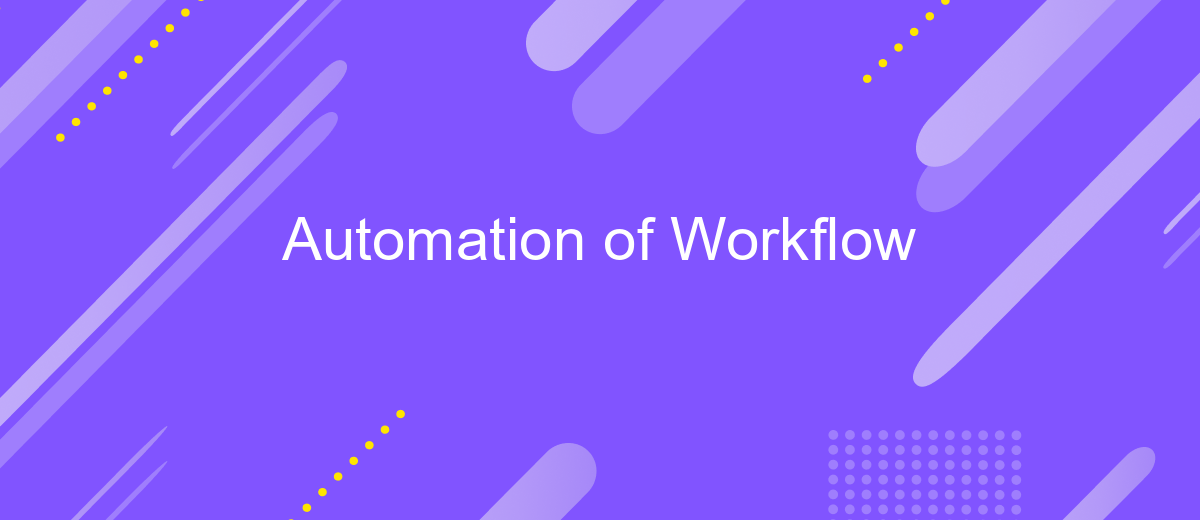Automation of Workflow
Automation of workflow has revolutionized the way businesses operate by streamlining processes, reducing manual effort, and increasing efficiency. By leveraging advanced technologies such as artificial intelligence and machine learning, companies can automate repetitive tasks, minimize errors, and enhance productivity. This article explores the key benefits, challenges, and best practices for implementing workflow automation in various industries.
Introduction: Defining Workflow Automation
Workflow automation is a transformative approach that leverages technology to streamline and enhance the efficiency of various business processes. By automating repetitive tasks, organizations can save time, reduce errors, and allocate resources more effectively. This not only improves productivity but also allows employees to focus on more strategic and creative activities.
- Reduction of manual errors
- Increased efficiency and productivity
- Cost savings
- Better resource allocation
- Enhanced data accuracy
Tools like ApiX-Drive facilitate workflow automation by enabling seamless integration between various applications and services. ApiX-Drive allows businesses to connect their software systems without the need for extensive coding, making it easier to automate data transfers and synchronize information across platforms. By leveraging such tools, organizations can ensure that their workflows are not only automated but also optimized for maximum efficiency.
Benefits and Use Cases of Automated Workflows

Automated workflows offer a myriad of benefits, including increased efficiency, reduced human error, and cost savings. By automating repetitive tasks, businesses can redirect their workforce towards more strategic activities, fostering innovation and growth. Automation also ensures consistency and reliability in task execution, leading to improved quality and customer satisfaction. Moreover, the ability to monitor and analyze automated processes provides valuable insights for continuous improvement.
One of the primary use cases of automated workflows is in the integration of various business applications. Tools like ApiX-Drive facilitate seamless connections between different systems, enabling data to flow effortlessly and reducing the need for manual data entry. This is particularly beneficial for marketing, sales, and customer support teams that rely on real-time information to make informed decisions. Additionally, automated workflows can streamline approval processes, enhance project management, and optimize supply chain operations, making them indispensable in today's fast-paced business environment.
Key Technologies Driving Workflow Automation

Automation of workflow has become a cornerstone for enhancing efficiency and productivity in modern businesses. Key technologies are driving this transformation, enabling organizations to streamline operations and reduce manual intervention.
- Robotic Process Automation (RPA): RPA uses software robots to automate repetitive tasks, such as data entry and report generation, freeing up human resources for more strategic activities.
- Artificial Intelligence (AI): AI enhances decision-making processes through machine learning algorithms, predictive analytics, and natural language processing, offering smarter automation solutions.
- Integration Platforms: Tools like ApiX-Drive facilitate seamless integration between various applications and systems, ensuring smooth data flow and operational consistency.
- Cloud Computing: Cloud-based solutions provide scalable and flexible infrastructure, enabling businesses to automate workflows without significant investment in physical hardware.
- Business Process Management (BPM) Software: BPM tools help in designing, analyzing, and optimizing business processes, ensuring that workflows are efficient and aligned with organizational goals.
These technologies collectively contribute to a more automated and efficient workflow, allowing businesses to focus on innovation and growth. By leveraging tools like ApiX-Drive for integration, companies can ensure that their systems work harmoniously, further enhancing productivity and efficiency.
Implementation and Best Practices for Automating Workflows

Implementing workflow automation requires a strategic approach to ensure seamless integration and optimal performance. Begin by identifying repetitive tasks that can be automated, which will save time and reduce human error. Establish clear objectives and measurable outcomes to evaluate the effectiveness of the automation process.
Selecting the right tools is crucial for successful workflow automation. Platforms like ApiX-Drive can simplify the integration of various services and applications, providing a user-friendly interface for setting up automated workflows. ApiX-Drive supports a wide range of integrations, enabling businesses to connect different systems without extensive coding knowledge.
- Identify repetitive tasks for automation
- Set clear objectives and measurable outcomes
- Choose the right tools, such as ApiX-Drive, for seamless integration
- Test and monitor automated workflows regularly
- Continuously optimize and update workflows based on performance data
Regular testing and monitoring are essential to ensure that automated workflows are functioning as intended. Gather feedback from users and stakeholders to identify areas for improvement. Continuously optimize and update workflows to adapt to changing business needs and technological advancements, ensuring long-term efficiency and productivity.
Future Trends and Innovations in Workflow Automation
As we look to the future of workflow automation, several trends and innovations are poised to redefine how businesses operate. One significant trend is the increasing integration of artificial intelligence (AI) and machine learning (ML) to enhance decision-making processes. These technologies enable predictive analytics, allowing businesses to anticipate and respond to changes more efficiently. Additionally, the rise of low-code and no-code platforms is democratizing automation, enabling non-technical users to create and manage automated workflows without extensive programming knowledge.
Another key innovation is the development of advanced integration tools that streamline the connection between disparate systems. Services like ApiX-Drive are at the forefront of this trend, offering seamless integration capabilities that allow businesses to automate data transfer and synchronization across multiple applications. This not only enhances operational efficiency but also reduces the risk of human error. Furthermore, the growing emphasis on customizable and scalable automation solutions ensures that businesses of all sizes can adapt to evolving market demands and technological advancements.
FAQ
What is workflow automation?
How can workflow automation benefit my business?
What types of processes can be automated?
How do I get started with workflow automation?
What tools can I use for workflow automation?
Time is the most valuable resource in today's business realities. By eliminating the routine from work processes, you will get more opportunities to implement the most daring plans and ideas. Choose – you can continue to waste time, money and nerves on inefficient solutions, or you can use ApiX-Drive, automating work processes and achieving results with minimal investment of money, effort and human resources.

